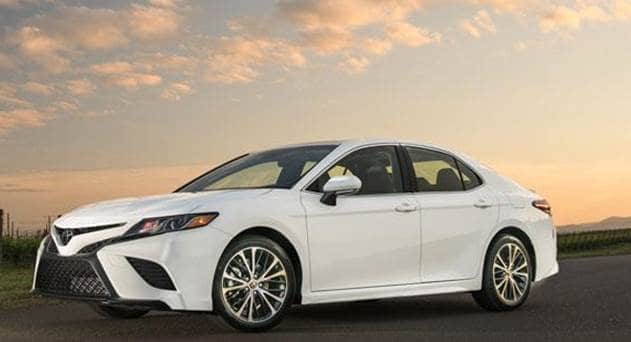Toyota and Lexus announced their plan to start deployment of Dedicated Short-Range Communications (DSRC) systems on vehicles sold in the United States starting in 2021, with the goal of adoption across most of its lineup by the mid-2020s.
Toyota and Lexus plans to introduce DSRC represent a significant step forward in creating a safer and more efficient driving ecosystem while advancing connected and automated technology deployment.
DSRC transmissions enable vehicle-to-vehicle (V2V) and vehicle-to-infrastructure (V2I) communications – collectively known as V2X. DSRC technology, which has been comprehensively tested through government-industry collaborations and is already deployed in some areas of the U.S., supports the broadcast of precise anonymized vehicle information several times per second, including location, speed and acceleration, said Toyota.
This information can be used by other DSRC-enabled vehicles and devices to help drivers prevent collisions. Communication can also be enabled to provide helpful real-time information to drivers, such as potential hazards, slow or stopped vehicles ahead, or signals, signs, and road conditions that may be difficult to see. DSRC communicates using 7 channels of the 5.9 GHz spectrum band allocated for Intelligent Transportation Systems.
Importantly for consumers, because the technology does not require a cellular or data network, vehicles equipped with DSRC do not incur any cellular network carrier charges. DSRC is based on industry standards, so Toyota vehicles will be able to communicate with other automakers’ equipped vehicles, multiplying the safety benefits for all. Looking ahead, communication-based technologies such as DSRC can help provide greater benefits to drivers as automakers increasingly equip vehicles with additional sensors, including radars and cameras.
Communication technologies can be coupled with on-board sensor technology to help make automated vehicle systems for customers safer, more reliable and more enjoyable, added Toyota.
Jim Lentz, CEO of Toyota Motor North America
Three years ago, we pledged to have automatic emergency braking (AEB) in almost every vehicle we sell by the end of 2017. Today, 92 percent of all Toyota and Lexus vehicles sold in the U.S. have Toyota Safety Sense or Lexus Safety System + with AEB standard, and other automakers’ deployment of this life-saving technology is accelerating, three years ahead of the 2022 industry target.




















